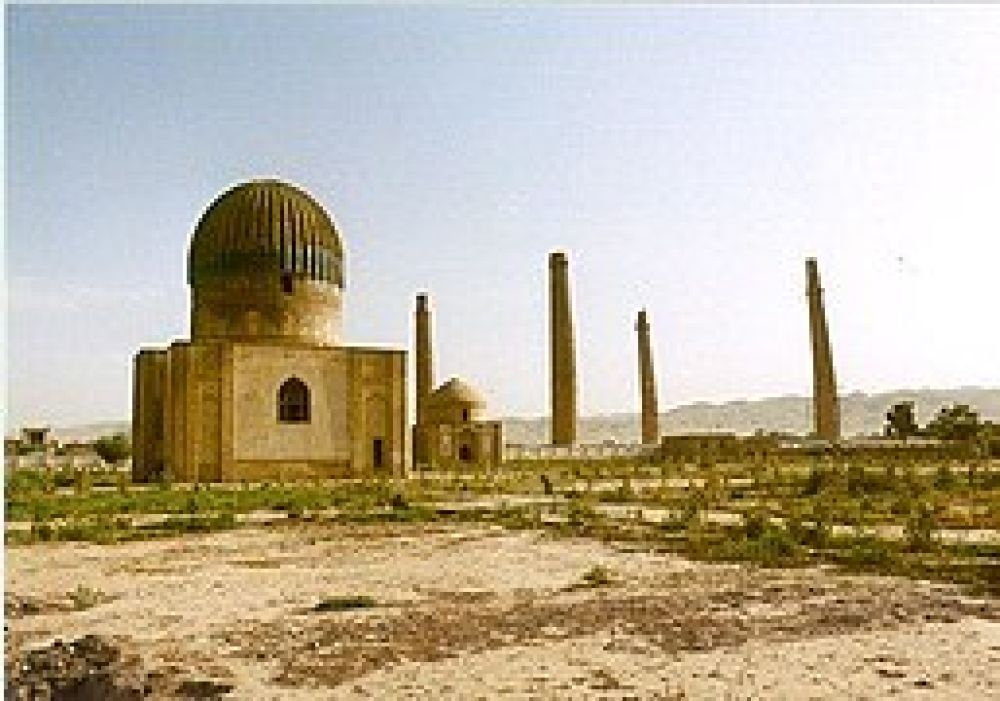

The ancient city of Herat, located in the western part of Afghanistan, has been a crossroads of various cultures and empires throughout history. It boasts a diverse collection of historical architecture, among which the Minareths of Herat stand out as a monument of significant heritage and beauty.
The Minarets of Herat date back to the 15th century when the region flourished under the Timurid dynasty. This era was marked as a golden age when art, culture, and architecture experienced great patronage. The minarets were part of a grand educational complex, known as the Musalla Complex, which was largely destroyed by the British in 1885 during the Anglo-Afghan wars. The remaining minareths, though battered by time and conflict, continue to intrigue scholars and lure the intrepid travelers seeking a glimpse into Afghanistan’s storied past.
Tourism in Herat, and in particular to the Minarets, has been a reflection of the turbulent history of the region. During periods of stability, the beauty and historical value of Herat's landmarks, such as the Minarets, drew scholars and travelers from around the world. Unfortunately, due to political instability and conflict, tourism to the area has been sporadic and often limited.
Despite the challenges, there have been various conservation efforts to preserve the Minaret's of Herat. International organizations like UNESCO alongside the government of Afghanistan have been working towards the stabilization and restoration of these historical towers, recognizing their value as a cultural heritage site worthy of protection.
Eco-cultural Tourism: Globally, there’s a growing trend towards sustainable and responsible travel. Visitors are increasingly seeking authentic cultural experiences while minimizing their environmental impact. While the security situation in Afghanistan remains complex, this trend highlights the potential for a sustainable approach to future tourism development in Herat.
Virtual Tourism: In the current era, interest in virtual and remote tourism has surged, particularly in context to inaccessible heritage sites. Digital recreations and virtual tours of historic sites like the Minaret's of Herat allow global audiences to explore these treasures from afar.
The future of tourism in Herat and the preservation of its Minarets depends largely on peace and stability in the region. A peaceful future would not only safeguard these minarets but could also revive interest among tourists who are passionate about exploring historical sites. With careful management and promotion, the Minarets of Herat could become a beacon of hope, symbolizing the resilience and beauty of Afghanistan’s cultural heritage.